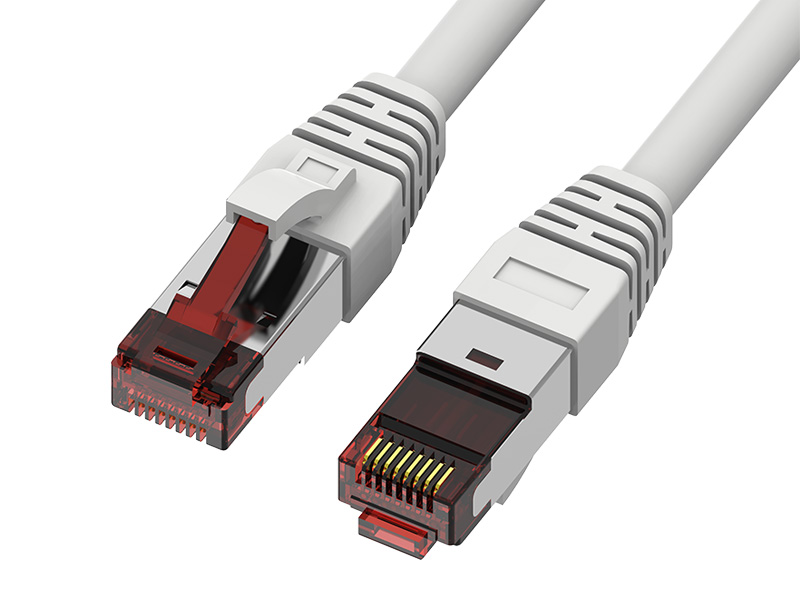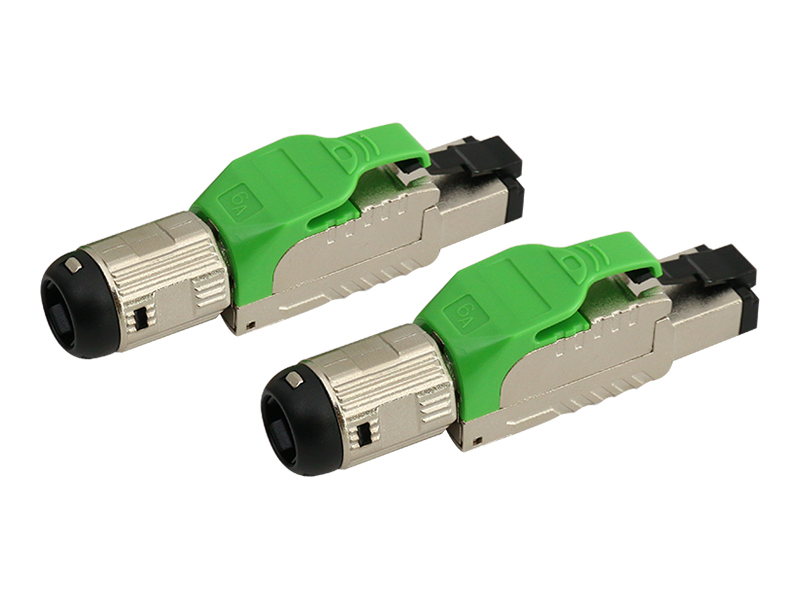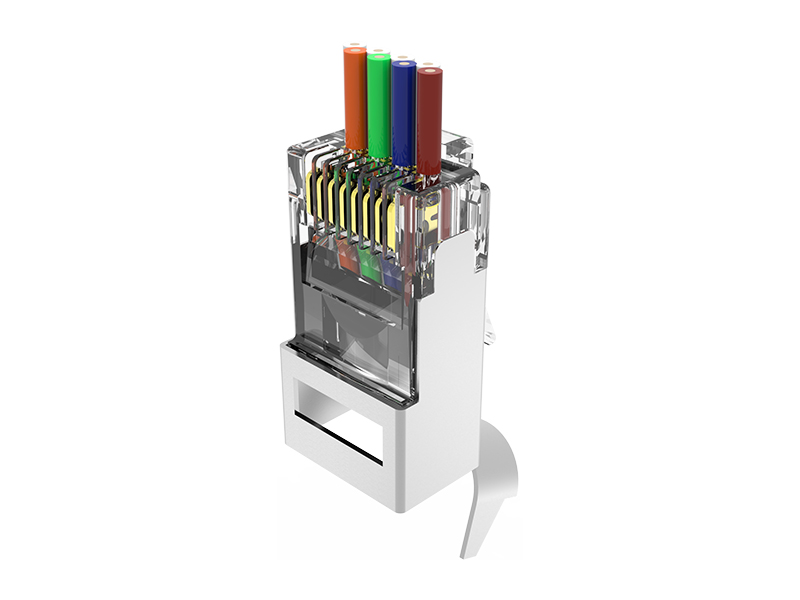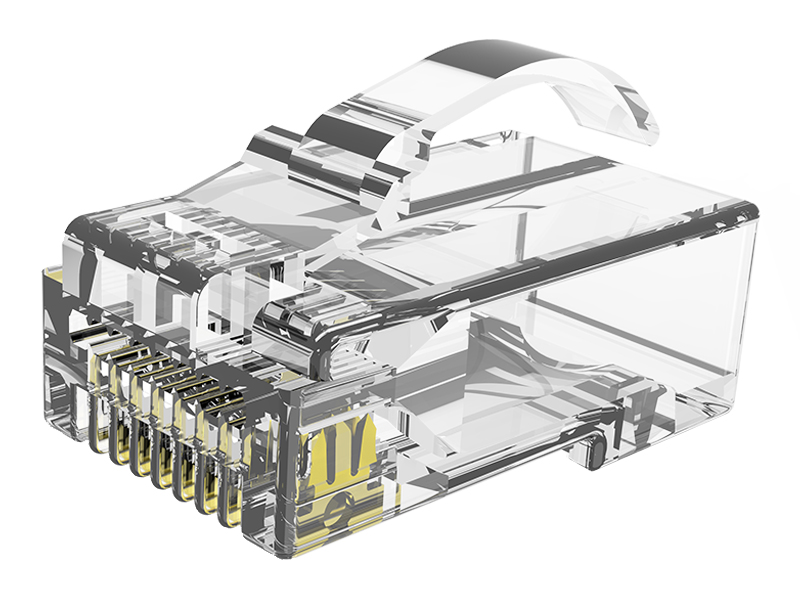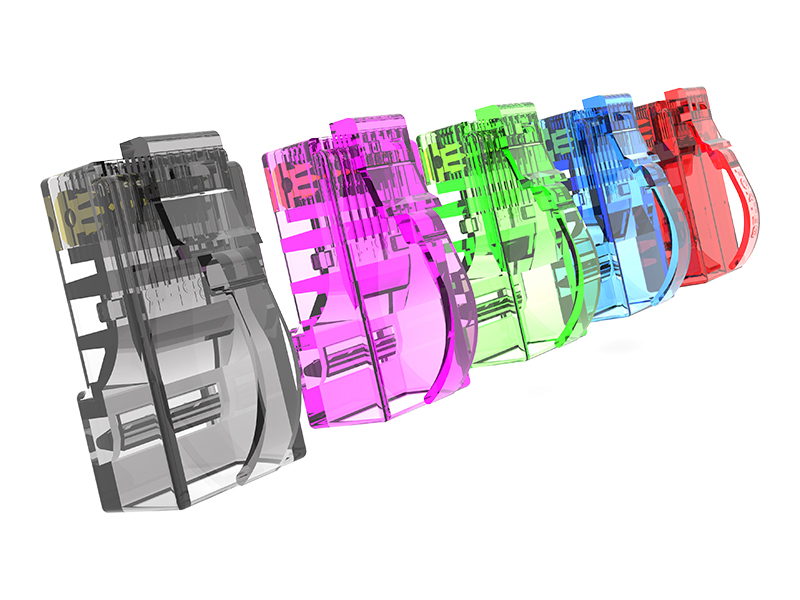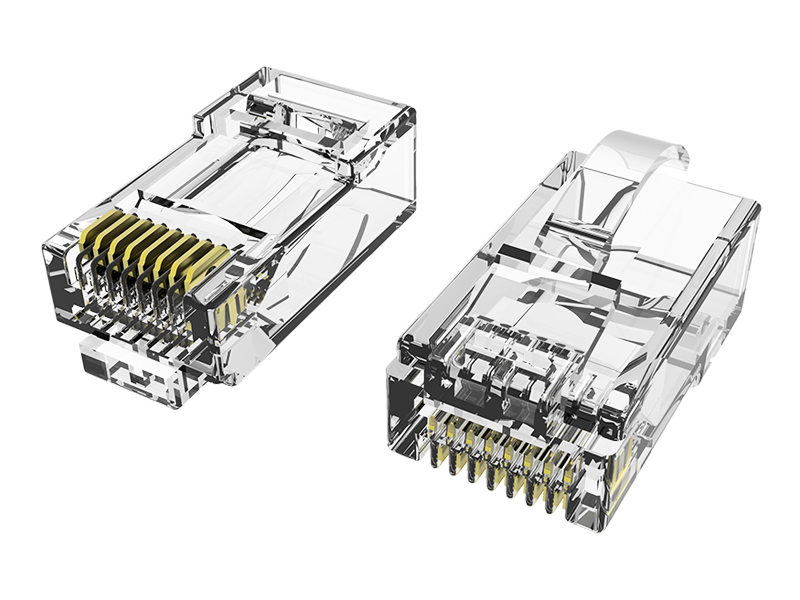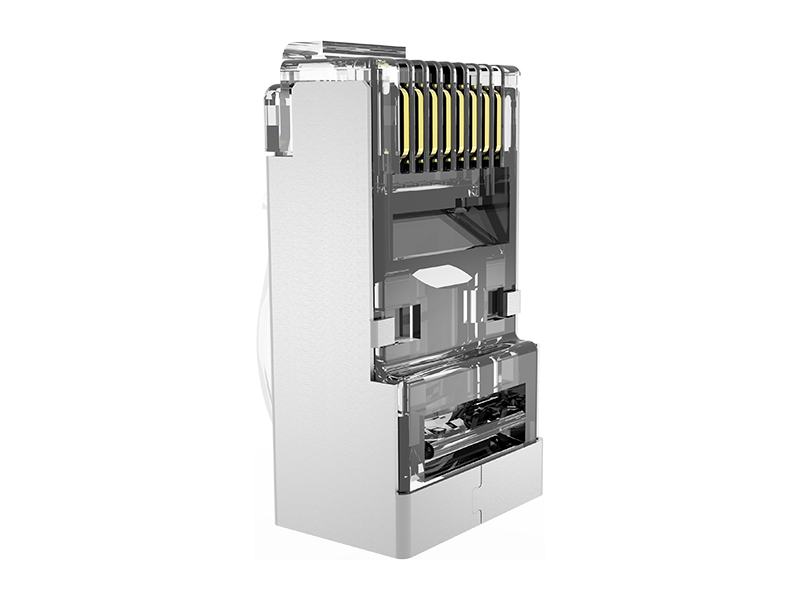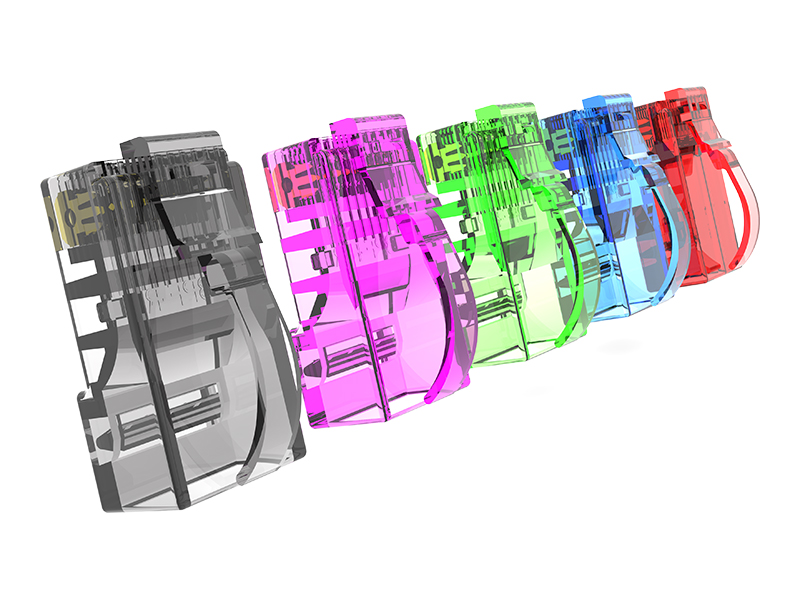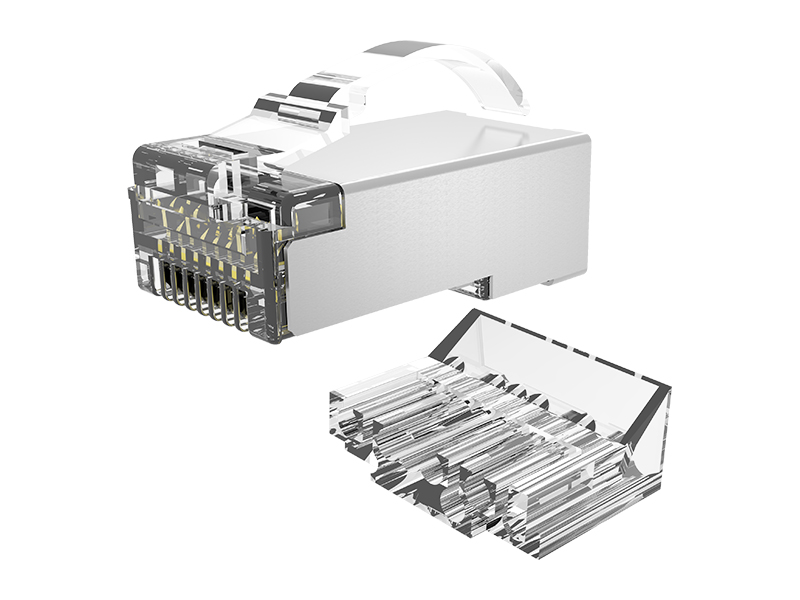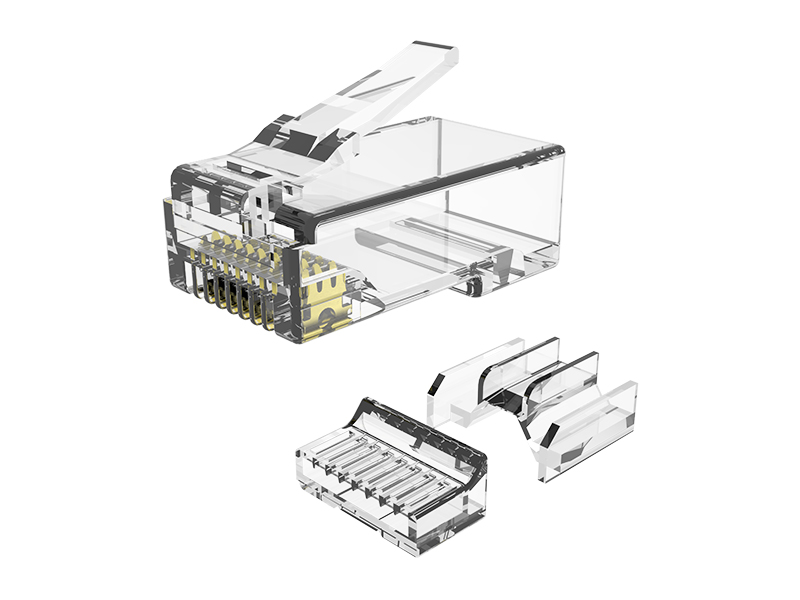Pass through connectors can be used for power transmission and distribution, provided that their design, materials, and rated parameters meet the requirements of the power system. The following is a breakdown explanation:
1. Suitable for low or medium voltage power systems
Common pass through connectors for power are mainly used for low voltage (such as 220V, 380V) or medium voltage systems (such as 1kV~10kV).
Used to connect wires, busbars, or cables to achieve the continuity or branching of electricity, commonly found in building electrical, industrial equipment, and distribution boxes.
2. Common types
Copper tube pass through connector: used to connect two copper cables and needs to be fixed by crimping.
Threaded pass through through terminal block: suitable for cable connection or wire extension.
Cable pass through through joint (intermediate joint): used for intermediate electrical connection after segmented cable laying, with insulation and sealing structure.
Busbar connector: used for connecting multiple copper bars inside the distribution cabinet.
3. Possess good conductivity and mechanical strength
The pass through connectors used in power systems are usually made of highly conductive materials such as copper, tin plated copper, and aluminum alloy.
The design should ensure that there is no heating, deformation, or oxidation when high current passes through.
4. High requirements for safety performance
Must comply with electrical standards such as IEC, UL, GB, etc.
Insulation protection is required (such as wrapping heat shrink tubing or cold shrink tubing around cable intermediate joints).
High temperature resistance, aging resistance, and corrosion resistance are basic requirements.
5. Application in the allocation system
In power distribution systems, pass through connectors can be used for:
Branch cable connection (such as splitter)
Relay cable connection (such as connecting cable bridge sections)
Electrical box busbar connection (such as multiple sets of power sources connected in parallel)
6. Special design is required for the use of high-voltage systems
The connectors used in high-voltage transmission (such as 35kV and above) have complex structures and are usually no longer referred to as "pass through through connectors", but instead use specialized cable terminal connectors or GIS bus connectors.
This type of connector must have comprehensive performance such as shielding, insulation, corona resistance, and sealing.
7. Precautions
Contact resistance should be low to avoid energy loss and heat generation.
The connection method should be reliable: crimping, screwing or welding should be secure to prevent loosening.
Installation requires professional personnel to operate: especially for cable joints, insulation treatment, voltage withstand testing, etc. are required.



 中文简体
中文简体 English
English Français
Français Deutsch
Deutsch عربى
عربى

